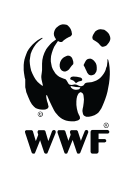Natural Habitat Adventures

Polar Bear Tours

African Safaris

Galapagos Tours

Alaska Adventures

U.S. National Parks Tours

Canada & the North

Europe Adventures

Mexico & Central America Tours

South America Adventures

Asia & Pacific Adventures

Antarctica & Arctic Journeys

Photo Expeditions

Women's Adventures

Adventure Cruises

Family Adventures

New Adventures
Good Nature Blog
Explore the flagship travel blog of Nat Hab and WWF for conservation news, thrilling wildlife photos and more.
Visit Good Nature 
My Favorite Trips
No Favorites Saved
See a heart, click it!













